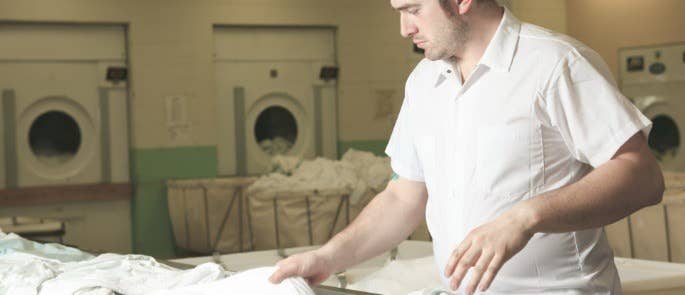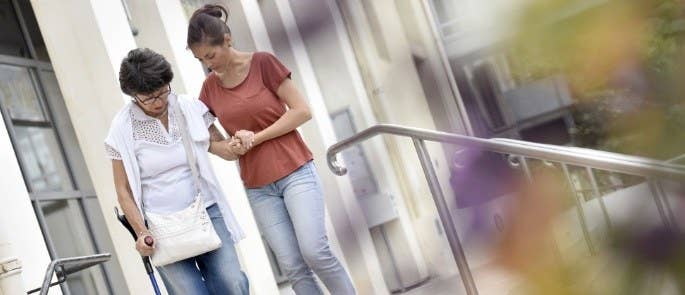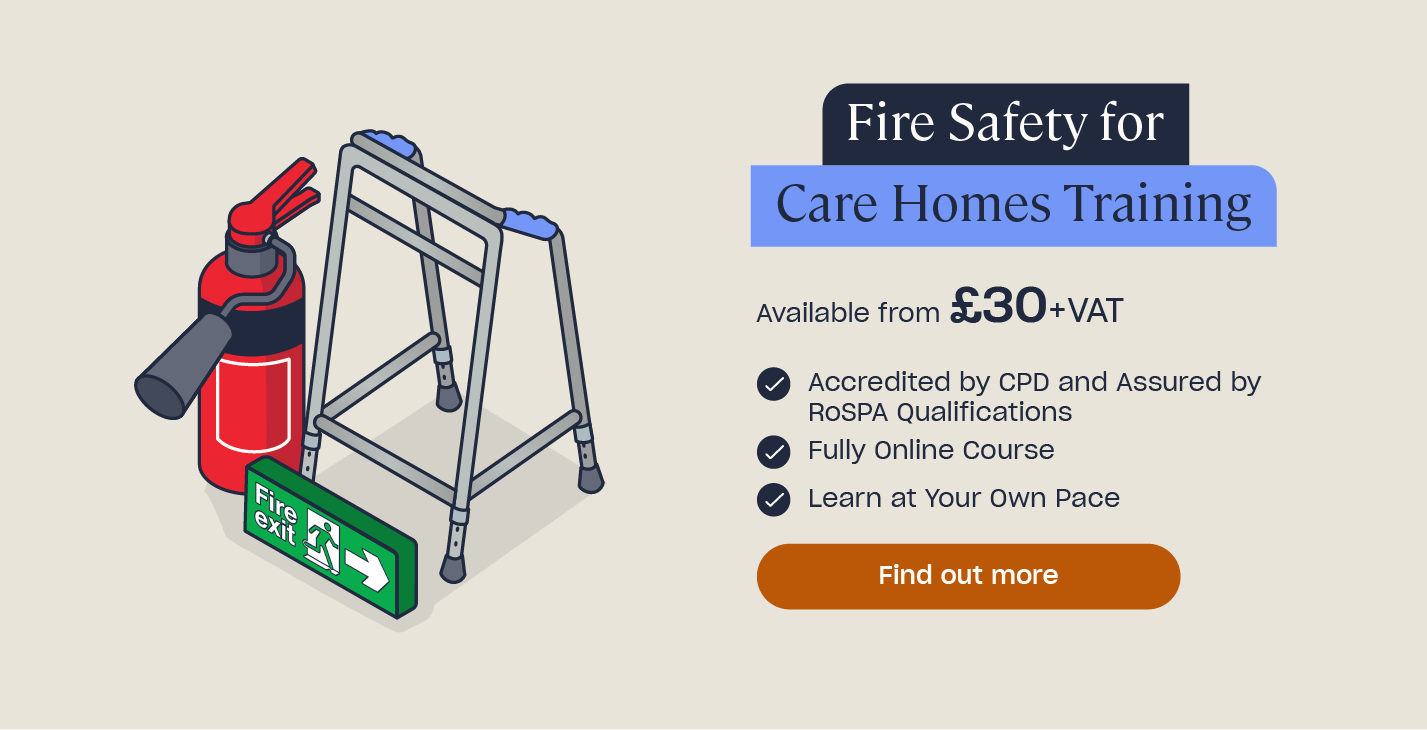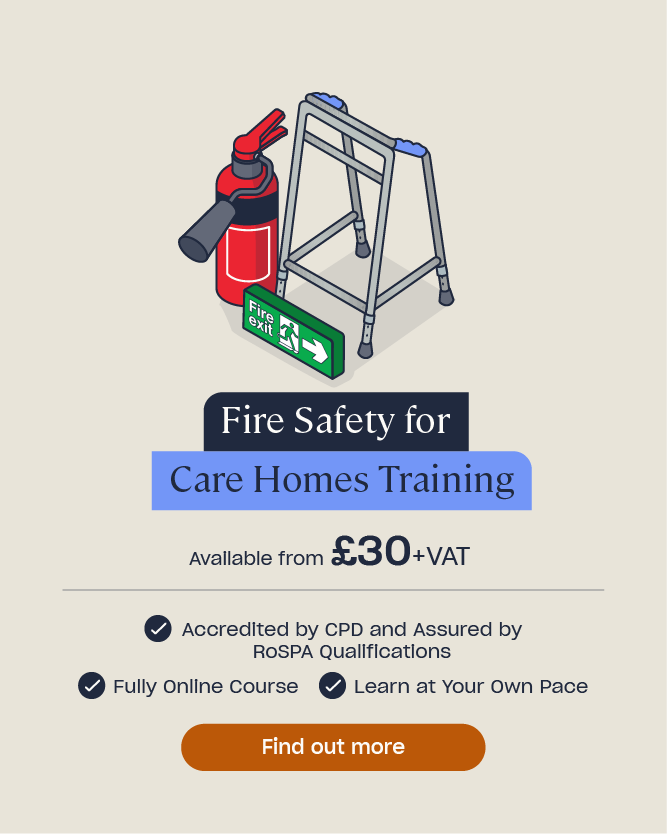Fire Safety in Care Homes Checklist
If you own or work in a care home, you must make fire safety a top priority. Due to the vulnerabilities that staff members and residents may have, they might not have the ability to evacuate safely on their own. Therefore, you must implement and maintain sufficient safety procedures.
The fire safety measures required in a care home can be more numerous and complex than regular work settings. That’s why it’s important to know exactly which measures you need in your premises and to assess them on a regular basis.
Need a Course?
Our Fire Safety for Care Homes Training teaches care home workers how to uphold fire safety measures and provide support to help vulnerable residents evacuate safely.
This article summarises the key fire safety areas you should focus on in a care home. It will help you fulfil your duty to keep all residents and staff safe.
Fire Safety Checklist
The checklist below covers the most important fire safety measures in care homes. It will help you to determine whether you have sufficient controls in your premises and, if not, take action to improve them.
Fire Risk Assessment
Every workplace must carry out a risk assessment for fire safety. They are necessary because they help you locate the main hazards in your setting and assess whether your existing procedures are sufficient.
A fire risk assessment involves five steps:
- Identify the hazards. Carry out an observation of the home, talk to staff and service users, and check manufacturers’ information. This enables you to identify the exact hazards in your care home and determine which are most prominent.
- Determine who is at risk. This step is vital. You have to assess the safety of each service user and their ability to evacuate in an emergency. Consider their individual vulnerabilities, such as physical or mental disabilities, vision or hearing problems, and difficulty with awareness and understanding.
- Decide what precautions you need. Once you know the location of hazards and who they put at risk, you can decide what safety measures you need. For example, you might identify that certain residents cannot evacuate quickly due to low mobility. This means they need designated staff or equipment to assist them in an emergency.
- Record your findings. Workplaces with five or more employees must record risk assessment results by law, though it’s recommended you do so even if you have fewer. Records are important because you can look back on them during future assessments and use them to prove compliance with fire safety law.
- Review and update. In care homes, residents come and go and your equipment and resources could change. Therefore, you may need to regularly review fire safety arrangements to see if they’re still sufficient. If any changes occur, carry out a new assessment and update your records.
Fire Prevention
To prevent fires, everyone in the care home should actively minimise fire hazards. Staff should know how to carry out work activities in a way that reduces fire risks. Furthermore, they should understand what fire prevention procedures are in place, so they can follow them effectively and not interfere with them.

The following controls will help prevent fires:
- Good housekeeping. Examples of good housekeeping include: removing waste from the premises and cleaning up hazardous spillages as soon as possible, storing hazardous chemicals (including medical oxygen) in safe locations, and properly disposing of smoking materials and hazardous waste.
- Safe practices. For example, staff in the kitchen should know how to work safely with equipment, naked flames, and hot surfaces. You should also minimise resident access to the kitchen. If your care home handles high quantities of laundry, make sure you follow manufacturers’ recommendations and maintenance schedules for cleaning and ironing equipment.
- A safe layout. Certain areas of the care home may pose significant fire risks, such as laundry rooms and chemical storage. You should locate these away from ignition sources, such as the kitchen. Furthermore, keep them away from bedrooms and fire escape routes.
Fire Detection and Alarms
Residents in care homes may have vulnerabilities that make it difficult for them to hear the alarm or activate it if they discover a fire. Additionally, certain accommodations and residents’ requirements may impact the effectiveness of fire detection.
The following will ensure your fire detection and alarm systems are adequate:
- Install manual call points next to each exit and at least one on each floor. Ensure all staff and residents know how to activate alarms and can recognise the sound or sight of them.
- Consider different types of alarms, such as visual alarms or personal pagers for people with hearing impairments. In some situations, your care home may benefit from silent alarms that only notify staff of an emergency, so they can carry out a controlled evacuation.
- Ensure your warning systems are loud enough to alert everyone. Sleeping areas should have alarms that are at least 75dBA. If loud alarms panic residents, however, they should be at least 45dBA throughout the care home and staff should provide a higher level of support to residents.
- Ensure everyone can access fire alarm call points. You should install them at a height of around 1.4 metres and no more than 45 metres apart.
- Remember to install detectors in high-risk areas, such as boiler and laundry rooms, kitchens, roof voids, bedrooms, and access rooms to bedrooms. Consider using heat detectors instead of smoke ones in bedrooms, as steam from bathrooms can trigger false alarms.
- Test manual alarm call points weekly and the whole system every six months. Emergency lighting should also receive periodic tests: a short functional test every month and a test for the full rated duration annually.
Fire Evacuation
Having suitable and sufficient evacuation procedures in your care home is vital. Many residents and even some staff will likely have difficulty evacuating on their own or without the right accommodations, so you must make adjustments and plan accordingly.
All care homes should have designated fire wardens, who have received theoretical and practical training. They will know how to effectively lead an evacuation and minimise risks during a fire.
The following will ensure your evacuation procedures are effective:
- Keep fire routes and exits free from obstructions at all times. They should be constructed of fire-resistant materials, have ventilation, and accommodate mobility-impaired people. Furthermore, keep fire doors closed when not in use.
- Ensure signage and emergency lighting is clear and functional. Signs should primarily have pictorial information; text is supplementary. They should also be well lit and clearly visible. You may be also be interested in: Fire Safety Signs
- Make sure there are plenty of working fire extinguishers throughout the premises. Staff should only use extinguishers if they have received practical training and if they have assessed the situation to determine it’s safe to fight the fire. More information available here: Understanding the Different Types of Fire Extinguishers
- Create Personal Emergency Evacuation Plans (PEEPs). A PEEP explains the evacuation method that a vulnerable person will use to escape the building during a fire. It should cover what safety arrangements are in place for them and what actions they and supporting staff will take. For example, it may detail that the resident will receive fire warnings via a personal pager and will use an evacuation chair.
- Carry out fire drills at least once a year. Drills remind residents and staff of the sound and/or sight of alarms and enable you to test PEEPs.
- Consider keeping an emergency box that contains information about all the residents in the care home. This ensures residents can continue to receive essential care during and after a fire emergency.
- Training. All staff in the care home should receive fire safety training so they know how to minimise risks and support everyone during an evacuation. Due to the level of risk in care homes, staff should receive specific training related to care homes.

What to Read Next:
- How Many Fire Wardens Does My Business Need?
- Manual Handling in Care Homes: Using Hoists Safely
- What are the 6 Principles of the Care Act 2014?
- Fire Risk Assessment Quiz
- Care Home Risk Assessment: Free Template
- Health and Safety in Care Homes: Free Audit Template
- Fire Door Safety: What are the Requirements?








